Aviation facilities demand high-performance flooring that can withstand heavy loads, frequent traffic, and exposure to harsh chemicals like jet fuel and hydraulic fluids. Selecting the right epoxy coating—whether thin-mil or high-build—plays a crucial role in ensuring durability, safety, and long-term cost savings. This guide explores the differences between thin-mil and high-build epoxy to help you determine the best choice for your aviation flooring needs.
What is Thin-Mil Epoxy?
Thin-mil epoxy coatings are lightweight, durable solutions. They are composed of resin and hardener that cure into a seamless, glossy finish.
Best Applications for Thin-Mil Epoxy:
- Light-duty hangars and aircraft storage areas.
- Office and administrative sections within aviation facilities.
- Low-traffic zones where heavy impact resistance isn’t a top priority.
Benefits of Thin-Mil Epoxy:
- Cost-Effective: Requires fewer materials, making it a budget-friendly option.
- Quick Installation: Cures faster, minimizing downtime.
- Glossy Aesthetic: Provides a smooth, high-shine surface that enhances lighting.
Limitations of Thin-Mil Epoxy:
- Lower Durability: Less resistant to heavy aircraft loads and impact.
- Limited Chemical Resistance: May degrade over time with exposure to aviation fluids.
- Minimal Thickness: Offers less protection against cracks and wear.
What is High-Build Epoxy?
High-build epoxy coatings provide a thicker, more robust surface. These coatings are designed for heavy-duty use and can incorporate additives for enhanced strength, chemical resistance, and anti-slip properties.
Best Applications for High-Build Epoxy:
- Aircraft maintenance and repair hangars.
- High-traffic zones with frequent equipment movement.
- Areas exposed to fuels, oils, and corrosive substances.
Benefits of High-Build Epoxy:
- Superior Durability: Withstands heavy loads, dropped tools, and abrasions.
- High Chemical Resistance: Protects against aviation fuel, oil, and cleaning agents.
- Customizable Additives: Can include anti-slip textures and enhanced reflectivity.
Limitations of High-Build Epoxy:
- Longer Cure Time: Requires extended drying, increasing downtime.
- Higher Cost: More material and labor-intensive than thin-mil options.
Special Considerations for Aviation Flooring
- Fuel and Chemical Resistance: Hangar floors must resist harsh aviation fluids without degrading.
- Impact Resistance: High-build epoxy provides better protection against dropped tools and heavy equipment movement.
- Reflectivity: A well-lit hangar improves visibility and safety—glossy epoxy enhances this effect.
- Anti-Slip Solutions: While smooth epoxy is easy to clean, textured finishes help prevent slips and falls.
Selecting between thin-mil and high-build epoxy depends on the specific needs of your aviation facility. Thin-mil epoxy works well for light-duty areas, while high-build epoxy offers long-lasting protection in high-traffic, high-impact environments. Investing in the right flooring solution will enhance safety, maintain regulatory compliance, and ensure the longevity of your aviation facility.
For expert guidance in choosing the best epoxy coating for your aviation flooring, consult with the professionals at Private Label Coating.

